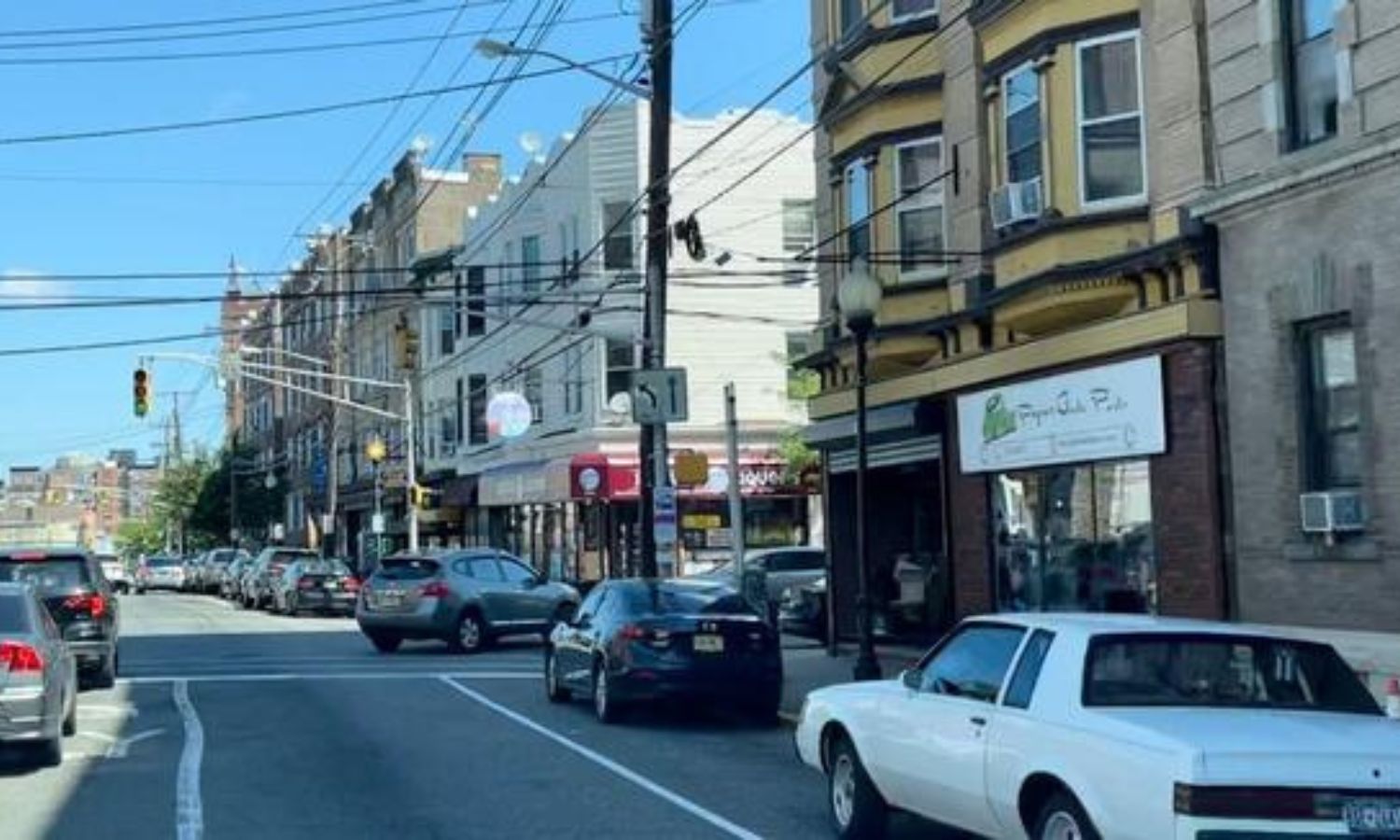Michigan has confronted numerous challenges in recent years, including economic decline, urban decay, high taxes, poor road conditions, and extreme weather. According to the U.S. Census Bureau, the state has witnessed a population loss exceeding 200,000 people since 2010. While certain towns and cities have succeeded in attracting new residents and businesses, others have experienced a significant outflow of individuals seeking better opportunities elsewhere. Here are seven Michigan towns that people are leaving promptly:
Detroit
Detroit, Michigan’s largest and most infamous city, has undergone a substantial exodus of residents. Previously a thriving industrial hub and the birthplace of the American auto industry, Detroit has faced a prolonged decline since the 1950s, marked by deindustrialization, racial tensions, crime, corruption, and bankruptcy. Despite efforts to revitalize the downtown area and attract new investments, Detroit remains one of the country’s poorest and most dangerous cities.
Flint
Flint, another former industrial city, has witnessed a steep population decline. Once a prosperous center of manufacturing and the birthplace of General Motors, Flint has lost over half of its population since 1960, plummeting from 196,000 to 95,000 in 2020. The city’s economy suffered from the closure of auto plants and job outsourcing to other countries. Flint gained notoriety for its water crisis in 2014, exposing residents to serious health risks. The city continues to grapple with the environmental and social damage caused by the crisis.
Highland Park
Highland Park, a small city within Detroit, also felt the impact of the auto industry’s decline. Once home to the Ford Model T factory, Highland Park thrived until Ford moved its operations elsewhere, causing a significant population drop from 46,000 in 1950 to 10,000 in 2020. The city faced fiscal and infrastructural challenges, leading to school closures in 2012 and streetlight repossessions in 2011 due to unpaid bills. Highland Park is now among the poorest and most blighted cities in the state.
Benton Harbor
Benton Harbor, located on the shore of Lake Michigan, has experienced a dramatic population loss. Peaking at 19,000 in 1960, the city’s population fell to 9,000 in 2020. Economic sectors such as manufacturing, tourism, and agriculture declined due to competition, globalization, and urban sprawl. Racial and social unrest, political scandals, a high poverty rate exceeding 40%, and elevated crime rates further contribute to Benton Harbor’s challenges.
Hamtramck
Hamtramck, another small city within Detroit, faced a decline in population. Once a vibrant community of immigrants, particularly from Poland, the city’s population decreased from 56,000 in 1930 to 21,000 in 2020. Economic challenges, fiscal and governance issues, and demographic shifts have transformed Hamtramck into one of the most ethnically diverse yet impoverished and segregated cities in the country.
Muskegon Heights
Muskegon Heights, situated on the shore of Lake Michigan, has suffered from a population decline. Peaking at 17,000 in 1970, the city’s population dropped to 10,000 in 2020. Dependent on manufacturing, particularly aerospace and defense, Muskegon Heights faced challenges due to outsourcing, automation, and consolidation. Social and educational issues, including crime, violence, drugs, and low graduation rates, have further contributed to the city’s distressed state.
Madison Charter Township
Madison Charter Township, a rural township in Lenawee County, has also seen a population decline. Peaking at 8,500 in 2000, the township’s population fell to 7,000 in 2020. Dependent on agriculture and manufacturing, Madison Charter Township encountered challenges due to urbanization, globalization, and environmental issues. Demographic and cultural changes, with younger and more educated residents moving out, have contributed to the township becoming one of the most isolated and stagnant in the state.
In conclusion, these are just a few examples of Michigan towns experiencing significant population decline. Many other towns and cities in the state face similar challenges, and while some may have potential for revival, others may be in a more dire situation. The future of these communities and their residents remains uncertain and challenging.
RAED MORE
This Restaurant in New Jersey’s That Has Been Named the Weirdest Restaurant

